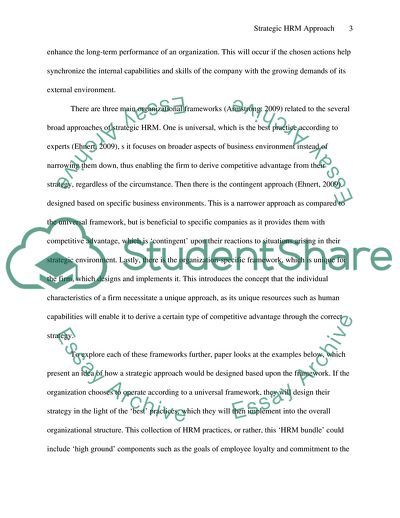Cite this document
(Strategic HRM Approach Case Study Example | Topics and Well Written Essays - 1750 words, n.d.)
Strategic HRM Approach Case Study Example | Topics and Well Written Essays - 1750 words. Retrieved from https://studentshare.org/human-resources/1752129-which-structural-form-if-any-is-most-suitable-for-a-strategic-human-resource-management-approach
Strategic HRM Approach Case Study Example | Topics and Well Written Essays - 1750 words. Retrieved from https://studentshare.org/human-resources/1752129-which-structural-form-if-any-is-most-suitable-for-a-strategic-human-resource-management-approach
(Strategic HRM Approach Case Study Example | Topics and Well Written Essays - 1750 Words)
Strategic HRM Approach Case Study Example | Topics and Well Written Essays - 1750 Words. https://studentshare.org/human-resources/1752129-which-structural-form-if-any-is-most-suitable-for-a-strategic-human-resource-management-approach.
Strategic HRM Approach Case Study Example | Topics and Well Written Essays - 1750 Words. https://studentshare.org/human-resources/1752129-which-structural-form-if-any-is-most-suitable-for-a-strategic-human-resource-management-approach.
“Strategic HRM Approach Case Study Example | Topics and Well Written Essays - 1750 Words”. https://studentshare.org/human-resources/1752129-which-structural-form-if-any-is-most-suitable-for-a-strategic-human-resource-management-approach.


